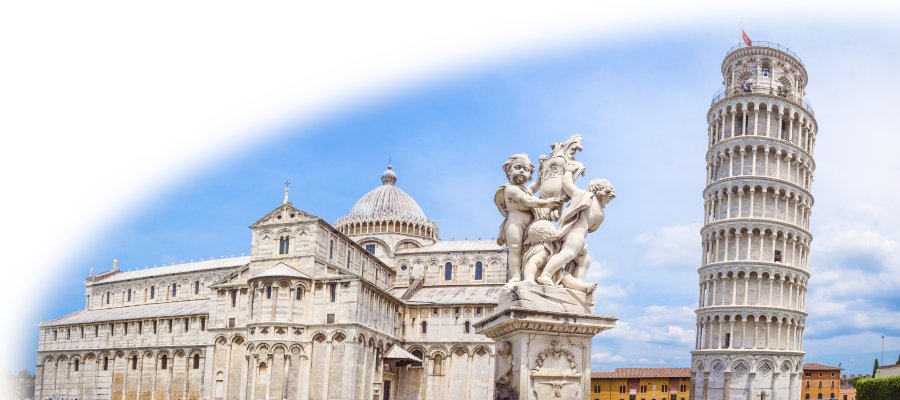-
 See all ...View our full range of attractions, activities and destinations ...
See all ...View our full range of attractions, activities and destinations ...-
- Michelangelo's David
- Michelangelo's Secret Room
- Uffizi Gallery
- Florence Cathedral
- Palazzo Vecchio
- Pitti Palace
- Boboli Gardens
- Vasari Corridor
- Bargello
- Santa Croce
- Brancacci Chapel
- Medici Chapels
- Florence tours
- Walking tours
- Art tours
- Segway tours
- Bicycle tours
- Bus tours
- Cooking course
- Wine tasting
- Florence excursions
- Airport shuffle
- Train tickets
- Colosseum tickets
- Colosseum tours
- Colosseum dungeons
- Colosseum by night
- Vatican tickets
- Vatican tours
- Private Vatican tours
- St Peter's Basilica
- Borghese Gallery
- Domus Aurea
- Caracalla baths
- Castel sant'Angelo
- Palazzo Valentini
- Roman catacombs
- Rome tours
- Rome private tours
- Rome Segway
- Rome by bike
- Rome bus tours
- Train tickets
-
-
 FlorenceNew OffersFlorence, 'Cradle of the Renaissance', home to Michelangelo's David, the Uffizi Gallery ...
FlorenceNew OffersFlorence, 'Cradle of the Renaissance', home to Michelangelo's David, the Uffizi Gallery ...-
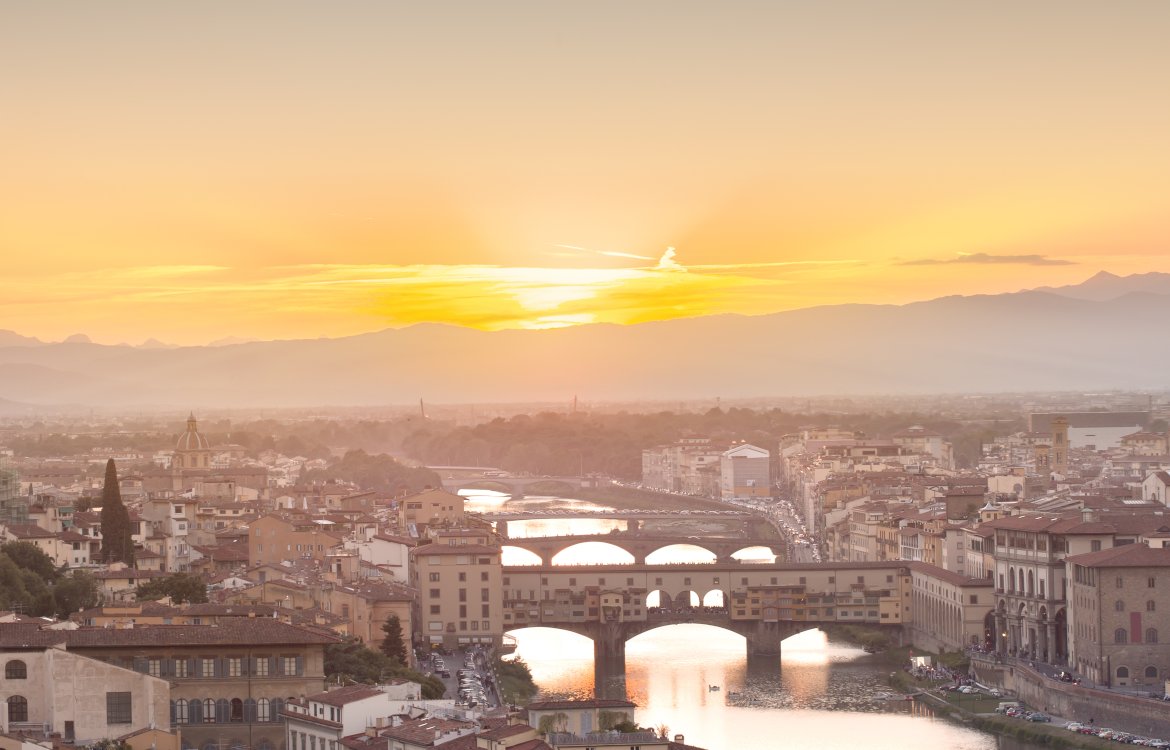 Discover Florence
Discover Florence
Florence - Firenze - is many things; the heart of Tuscany, a Renaissance jewel, a true city of art. It's home to the Uffizi, one of the oldest museums in the world, and the Accademia, home to one of the most famous statues in the world - David. The incredible Cathedral - Duomo dominates the skyline, with Brunelleschi's fabulous dome - cupola, and Giotto's mighty clock-tower - campanile.
Background, must-sees and map of Florence, "Cradle of the Renaissance":
Explore Florence
-
-
 RomeLate dealsRome, the 'Eternal City', explore the Colosseum, The Roman Forum, the jewels of Ancient Rome ...
RomeLate dealsRome, the 'Eternal City', explore the Colosseum, The Roman Forum, the jewels of Ancient Rome ...-
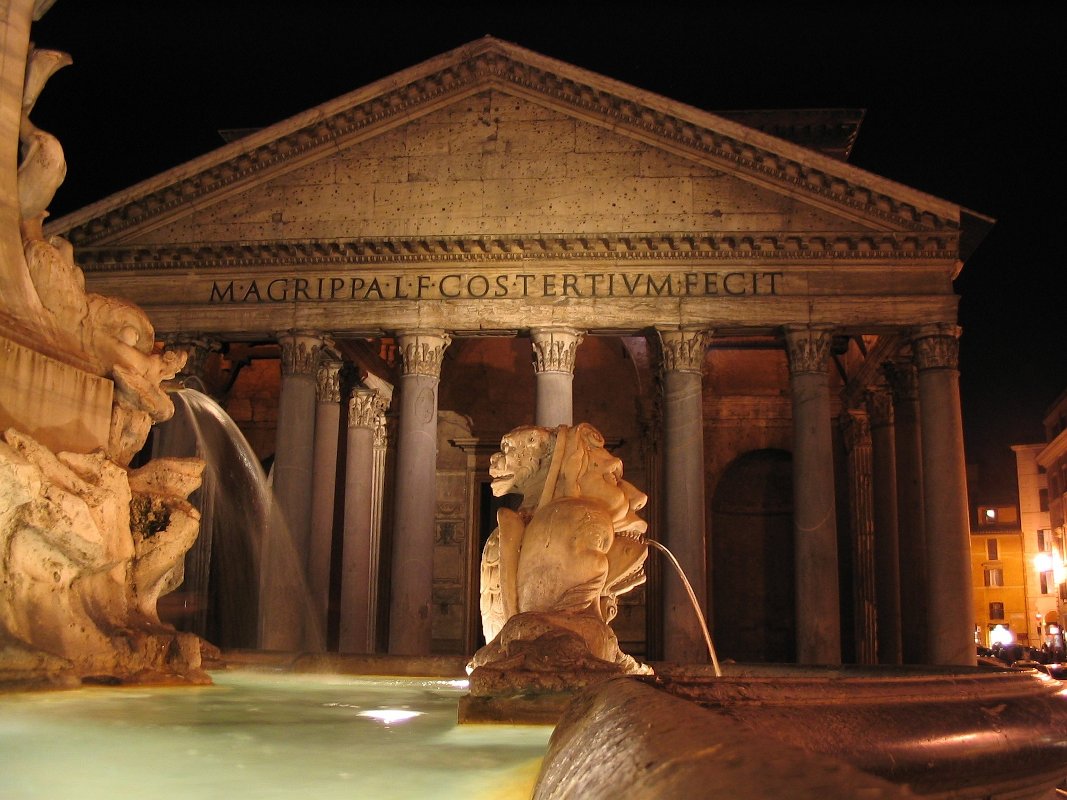 Discover Rome
Discover Rome
Rome - Roma - is the Classical city of the Forum, the Pantheon and the Colosseum. It is pagan temples, early Christian Churches, Renaissance Basilicas, the Vatican of course. Rome is an architectural masterclass in the Classical, the Romanesque and all flavours of Gothic architecture, of the Baroque. And it is the romantic city of the Trevi Fountain and the Spanish Steps.
Background, must-sees and map of Rome, "The Eternal City":
Explore Rome
-
-
 The VaticanSkip the linesThe Vatican and St Peter's, home of the Catholic Church and the treasures of the Vatican Museums ...
The VaticanSkip the linesThe Vatican and St Peter's, home of the Catholic Church and the treasures of the Vatican Museums ... -
 VeniceVenice, the floating city. Wonder at the Doge's Palace, St Mark's Square, and explore the canals by gondola ...
VeniceVenice, the floating city. Wonder at the Doge's Palace, St Mark's Square, and explore the canals by gondola ... -
 MilanLast Supper ExclusivesMilan, home of fashion, the fabulous Gothic Duomo, and, of course, Leonardo da Vinci's Last Supper ...
MilanLast Supper ExclusivesMilan, home of fashion, the fabulous Gothic Duomo, and, of course, Leonardo da Vinci's Last Supper ...-
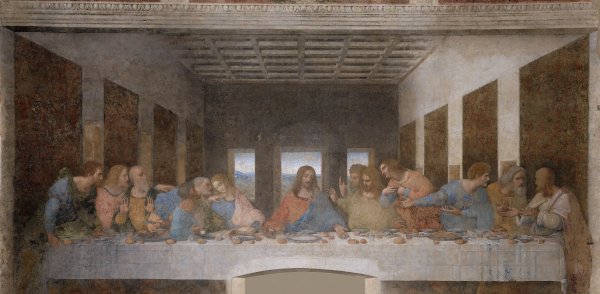 Da Vinci's Last SupperWe have specialised in Last Supper
Da Vinci's Last SupperWe have specialised in Last Supper
tickets and tours for over 15 years.
Availability is always limited and
advanced booking is essential.
Check availability
-
-
 PisaSkip the linesPisa, home to the must-see Leaning Tower of Pisa and the nearby annual Andrea Bocelli concert.
PisaSkip the linesPisa, home to the must-see Leaning Tower of Pisa and the nearby annual Andrea Bocelli concert.  Tailor-made Private ToursCustom private tours and excursions on request
Tailor-made Private ToursCustom private tours and excursions on request
- Best sellers:
- Tailor-made tours
- David, Florence
- Uffizi Gallery
- Vatican
- Last Supper
- Pisa Tower
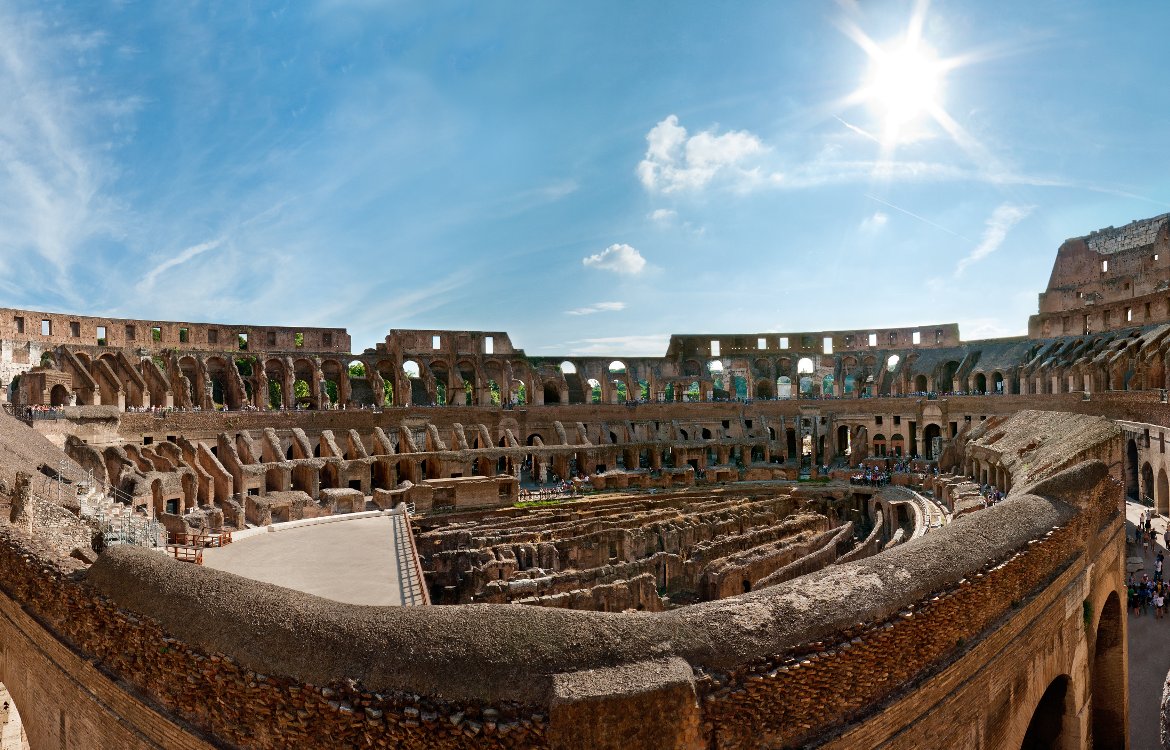
Rome card pass - the Diocletian Baths - information & visiting
Bookings for Rome Archaeological Card.
Rome, Italy - the Diocletian baths - visit with the Rome archaeological pass
The Diocletian Baths is one of the nine Rome museums / archaeological sites that may be visited using the Rome Archaeological pass. Below is some background information.
The Terme di Diocleziano, or Diocletian baths were commenced by Diocletian: a Roman emperor who never even set foot in the city. these baths were completed in the early 4th century.
Diocletian sought to outdo his predecessor by commissioning the largest bathing establishment the world had ever seen. Of course a Roman baths was about far more than washing: these were social centres. The complex of libraries, concert halls and gardens covered some 32 acres and could accommodate 3,000 people.
The whole affair was twice as big as the Baths of Caracalla and had the full array of bathing options. The caldarium (or hot room) extended into what is now the Piazza della Repubblica, and there were hot, cold and tepid pools. The building was lavishly decorated with mosaic floors and marble facades.
The baths were built of brick faced on the inside with marble and on the outside with white stucco (aping the blocks of white marble of the Baths of Caracalla. The huge central hall, 280 by 160 yards, was an extraordinary achievement of engineering that was the model for the Basilica of Maxentius in the Roman Forum.
At the time of the construction there were two emperors, Diocletian ruling in Asia Minor while Maximian controlled the western empire. And it was Maximian, returned from Africa, who oversaw the building. Some 10,000 Christians were used as slave labour in the construction. The job took from 300 to 305AD, just as the dual emperors were forced to abdicate.
Still, emperors came and went (and Diocletian enjoyed eight years of comfortable retirement in his homeland of Croatia) but the Romans had a magnificent baths. But Rome was already falling into the pit of the Dark Ages. In 538 the Goths, who destroyed so much that Rome had built, cut off the city’s water by demolishing the aqueducts, rendering Rome’s 900 baths useless.
Fast forward a thousand years and we see Pope Pius IV Medici commissioning the 86-year-old in 1561, honouring the Christians killed in the construction of the baths. Parts of the baths were incorporated into the resulting Church of Santa Maria degli Angeli. Luigi Vanvitelli was to rebuild the Church of Santa Maria degli Angeli in the eighteenth century, and the site now forms part of the Museo Nazionale Romano, along with the Crypta Balbi, the Palazzo Altemps and the Palazzo Massimo.
But most of the old bathing complex is gone, much of it pillaged for building materials during the Dark Ages. The clues are there though: the curved colonnade of Piazza della Repubblica follows the outer wall of the former great exedra. A few blocks away in either direction are two rotundas marking the corners of the original gardens: one of these is the Baroque Church of San Bernardo alle Terme (another clue) built in the year 1600.
The entrance to the church originally separated the old hot baths (the caldarium) from the lukewarm tepidarium … this is now the church’s vestibule. Here you’ll see the statue of St Bruno, founder of the Carthusian order, by Jean-Antoine Houdon. You are entering the ancient bath’s central hall. The altar is straight ahead while most of the original baths runs in both directions toward the altars on either side. Italian state funerals are usually held here. During the Christmas and Easter seasons there are concerts of religious music.
Pay special attention the meridian. This sundial on the right side of the transept, dating from 1703, was for 150 years used to determine midday for the city of Rome. Light comes in through an opening high on the wall and falls upon a brass strip in the floor: the north-south meridian of Rome. When the sun lines up exactly with the brass strip, the time is High Noon.
Click here for the main information page for the Rome Archaeological Pass.
Book tickets for Rome Archaeological Card.
Quick booking links:
Accademia tickets : Uffizi tickets : Uffizi guided tours : Colosseum tickets : Florence guided tours :
Vatican tickets : Vatican tours : Borghese tickets : Venice Museums : The Last Supper : Last Supper - tours : Verona Opera tickets : Pisa Tower tickets : Pompeii and Naples area tickets
Florence tickets : Rome tickets : Venice tickets : Milan tickets : Verona Opera
Why Tickitaly?
| Based in Italy for 15+ years. Local knowledge, local contacts. We're here to help. | |
| Transparency. All tickets are full-entrance with no extras to pay! | |
| Availability - we'll often get you in when availability elsewhere is exhausted. | |
| Trust - we've been working with suppliers and guides for ever! Over 10,000 reviews with an average of almost 5 out of 5! |
Payments
We use industry standard Stripe for all-secure payments.
You'll be charged nothing until we have confirmed your tickets and tours.
All prices are displayed in full - there are no additional charges 'on-site' and you will be arriving with the confidence of carrying fully-paid tickets.
Tickitaly is a Licensed Italian Travel Agency
Registered at the Florence Chamber of Commerce
P.IVA 05144650487
We use industry standard Stripe for all-secure payments.
You'll be charged nothing until we have confirmed your tickets and tours.
All prices are displayed in full - there are no additional charges 'on-site' and you will be arriving with the confidence of carrying fully-paid tickets.


